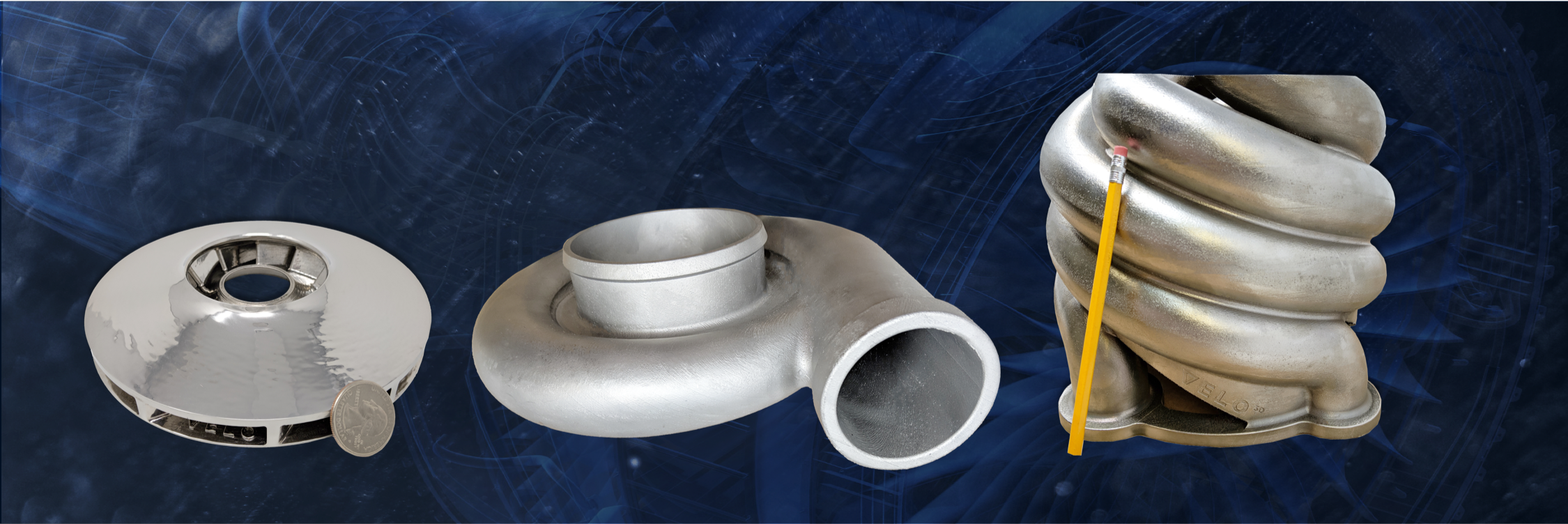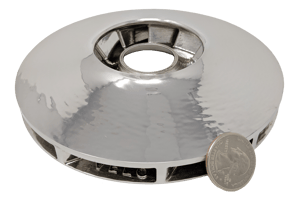 Conventional AM systems often require redesigning the part to make them easier to print but, in many cases, redesigning is not an option. Redesigning can drive higher requalification costs making a redesign unfeasible and uneconomical. For AM to accelerate adoption, the solution needs to match the existing part design or simplify assemblies with minimal to no design modification.
Conventional AM systems often require redesigning the part to make them easier to print but, in many cases, redesigning is not an option. Redesigning can drive higher requalification costs making a redesign unfeasible and uneconomical. For AM to accelerate adoption, the solution needs to match the existing part design or simplify assemblies with minimal to no design modification.
Many assemblies are merely groups of parts that have been welded, brazed, or bolted together. Since AM is a welding technology by its nature, we can use the additive process to pre-assemble multiple parts into one. This opens the door to create significant value for manufacturers. But conventional AM cannot print low angles easily. Furthermore, when combining multiple parts into an assembly, these low angle features get buried in the overall part design making them inaccessible or at least difficult to access.
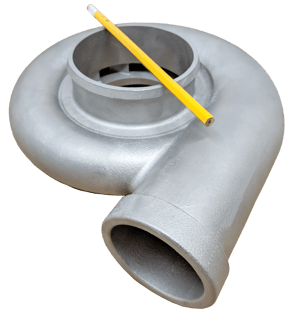 Conventional AM solutions require the use of supports to build complex geometries. Support removal from difficult to access internal channels prevents AM from becoming a production solution in these applications. Furthermore, the surface finish of the part where supports have been removed is generally poor. These internal channels are responsible for transporting gasses or liquids, and surface finish is critical to reduce pressure losses. Typically, they must be finished prior to use. The worse the surface finish, the higher the finishing cost – another reason why conventional AM struggles with combined assemblies.
Conventional AM solutions require the use of supports to build complex geometries. Support removal from difficult to access internal channels prevents AM from becoming a production solution in these applications. Furthermore, the surface finish of the part where supports have been removed is generally poor. These internal channels are responsible for transporting gasses or liquids, and surface finish is critical to reduce pressure losses. Typically, they must be finished prior to use. The worse the surface finish, the higher the finishing cost – another reason why conventional AM struggles with combined assemblies.
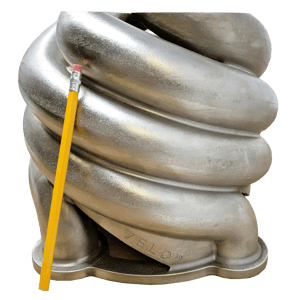
With VELO3D’s ability to print low angles and complex internal channels SupportFree, we can eliminate the need for support removal and expensive post-processing. We have demonstrated the ability to print low angle overhangs at 10 degrees (even lower with some designs) as well as large inner diameters up to 40mm. These features can be printed while achieving a high-quality surface finish using a Laser Powder Bed Fusion process. We do not sinter the powder surrounding the part so there is no issue with removing a sintered cake from complex internal geometries, and we can achieve between 5-15 um surface roughness, as printed, with no post processing.
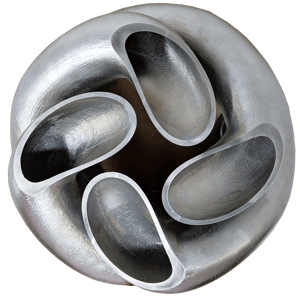 The industry is just starting to find out what it can do with SupportFree 3D metal printing. By simplifying the multi-step, tight tolerance, complex manufacturing processes used in the construction of blades, vanes, manifolds, crossovers, etc, AM can create significant cost savings for industries. By eliminating the internal support structures, engineers can retain that value in their designs. Unlocking SupportFree geometries used in combined assemblies is a major step forward in moving AM into serial production.
The industry is just starting to find out what it can do with SupportFree 3D metal printing. By simplifying the multi-step, tight tolerance, complex manufacturing processes used in the construction of blades, vanes, manifolds, crossovers, etc, AM can create significant cost savings for industries. By eliminating the internal support structures, engineers can retain that value in their designs. Unlocking SupportFree geometries used in combined assemblies is a major step forward in moving AM into serial production.

